Hello, I'm
Christopher Culbreath
A physicist who builds things.
Hello, I'm
A physicist who builds things.
I didn't choose physics to hone a singular focus—I chose it because it explains everything, from the cosmos to the kernel. My Ph.D. is a testament to grit, deep analysis, and the capability to tackle one of humankind's most challenging subjects. Armed with that credential, I'm eager to bring my skills and perspective to a team united by shared, ambitious goals.
I am a rare multidisciplinary generalist who bridges first-principles physics, hands-on fabrication, and software automation. Embracing vertical integration, I've honed skills across every aspect of my work—from developing bespoke software to precision machining my own tools. This rich tapestry of skills allows me to navigate challenges from multiple angles.
Physics taught me how the universe works. Building instruments, writing software, and machining my own tools taught me to be a craftsman—someone who builds with care and love for the user.
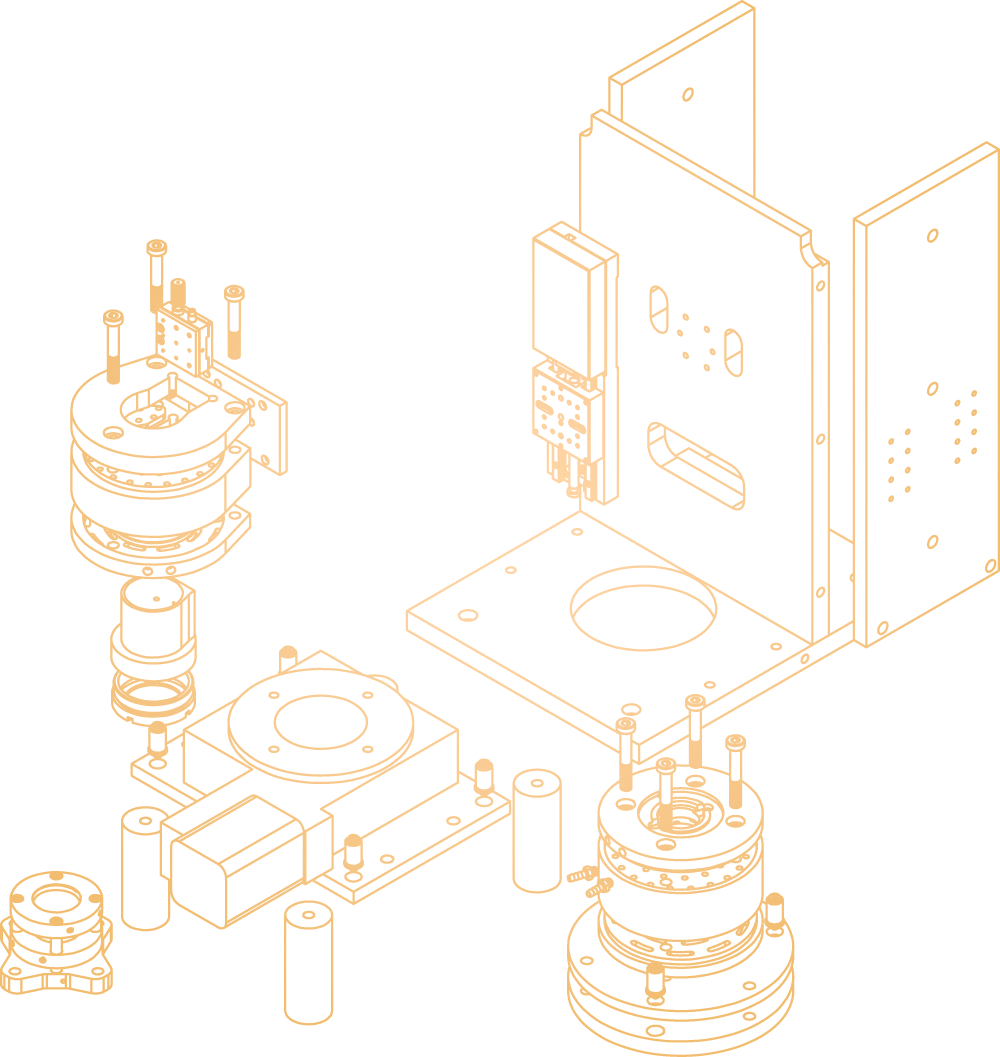
An informal apprenticeship with a precision machinist gave me a profound understanding of material properties and the intricacies of high-quality fabrication. I produce parts with tight tolerances—from scientific instruments to custom automation hardware—and carry a craftsman's care into everything I build.
I've built production web apps, native macOS applications, and embedded control systems—mostly solo. Swift, Python, C++, PHP. I learn what the problem demands.
Industrial-scale automation, embedded motion control, real-time systems. I architect control systems from sensors through operator UX.
Tools I use to ship software and solve problems.
Creator & Developer
An open-source, solo-built macOS app for AI-assisted job search. Local-first architecture, event-driven system with 70+ event types, unified LLM facade supporting multiple providers. I built it because I needed it—and because I wanted to prove I could ship a complete, production-quality native app.
Materials & Automation Engineer (Consultant)
Advanced the commercialization of single-crystal shape memory alloys. Designed embedded control systems for an industrial-scale Ohno Continuous Casting vacuum furnace—a dual-microcontroller architecture with custom I2C protocol, hierarchical state machines, and production-grade safety systems.
Development & Testing Engineer
Led technical development on the Giamma auto-injector project. Developed thermodynamic models, designed refrigerant purification processes, built purpose-built test fixtures, and established CNC workflows achieving near-100% yield against tolerances.
Senior Lecturer, Physics Department
Taught 1,243 undergraduate engineers and scientists across mechanics, waves, optics, thermodynamics, and E&M—integrating real-world applications into an evidence-based curriculum. Built Physics Cloud, a production-grade web application serving 1,000+ concurrent students. Created 120+ custom visualizations and 29 original animations, because I find true satisfaction in explaining a concept with just the right insight to bring about understanding.
PhD Chemical Physics
My research emphasized designing and building versatile, one-of-a-kind instruments for studying liquid crystal systems—machines perfectly suited for their intended tasks at a fraction of commercial cost. I implemented confocal autofocus, precision motion control with 0.01° resolution, and developed 3D nematic director simulations with symbolic code generation in Mathematica.
BS Physics
Through Cal Poly's renowned "learn by doing" approach, I graduated as a skilled experimentalist, fully prepared for the challenges of research from day one. My senior project embodied this ethos: a complete Kite Aerial Photography rig—47 custom-machined parts including pan/tilt mechanisms, Picavet suspension, and live video telemetry. I set out to build the finest KAP rig possible.
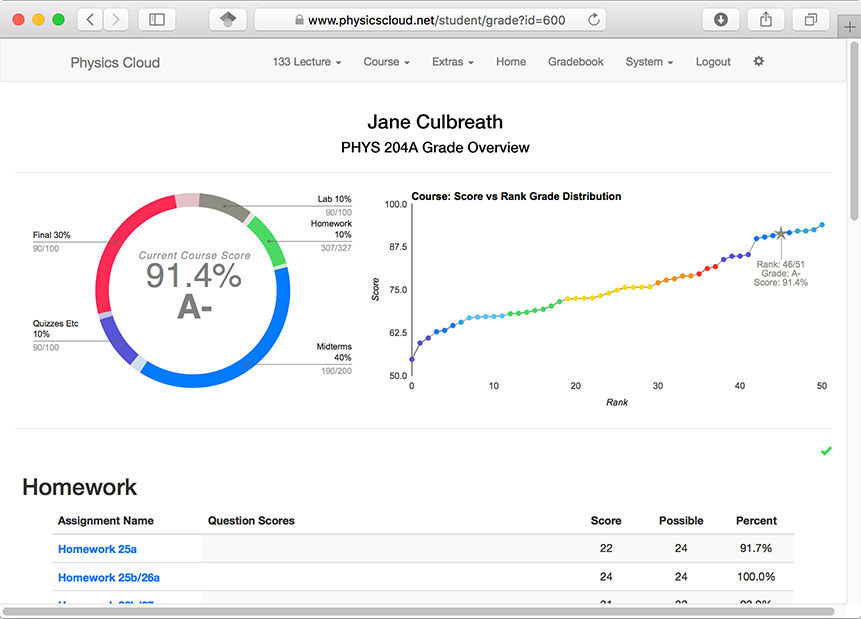
A production-grade course management system I built to serve my own students—because I couldn't find software that matched my vision for the classroom. Built on the LAMP stack with Yii2, featuring 6+ grading schemes, 15+ custom RBAC authorization rules, and optimized MySQL queries for 1,000+ concurrent users. The system includes a flashcard web-app for memorizing student names, because knowing your students matters.
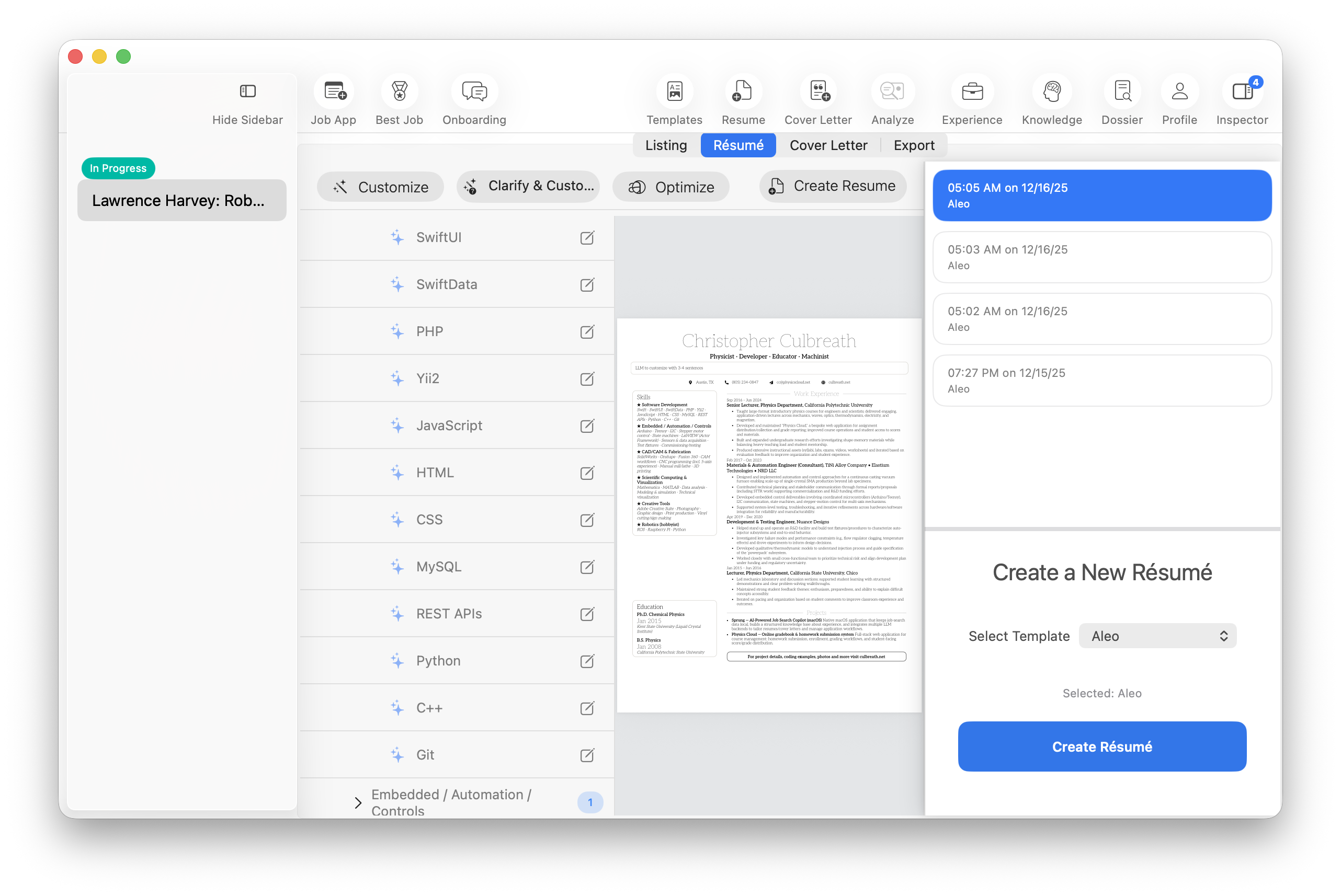
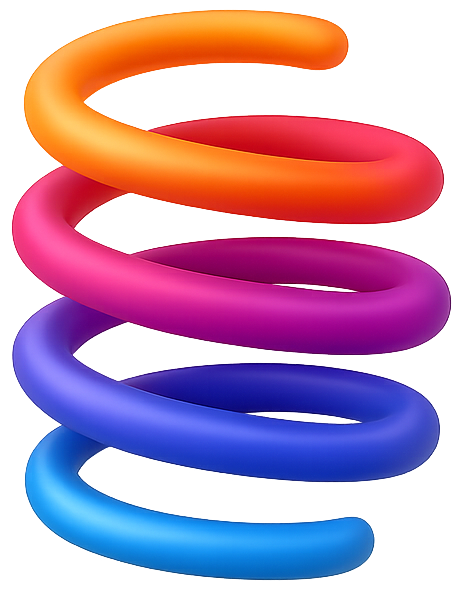
An AI-powered job search copilot emphasizing privacy and local control. Event-driven architecture with 70+ event types, unified LLM facade supporting OpenAI, OpenRouter, and Gemini, and sophisticated document processing pipelines. View on GitHub
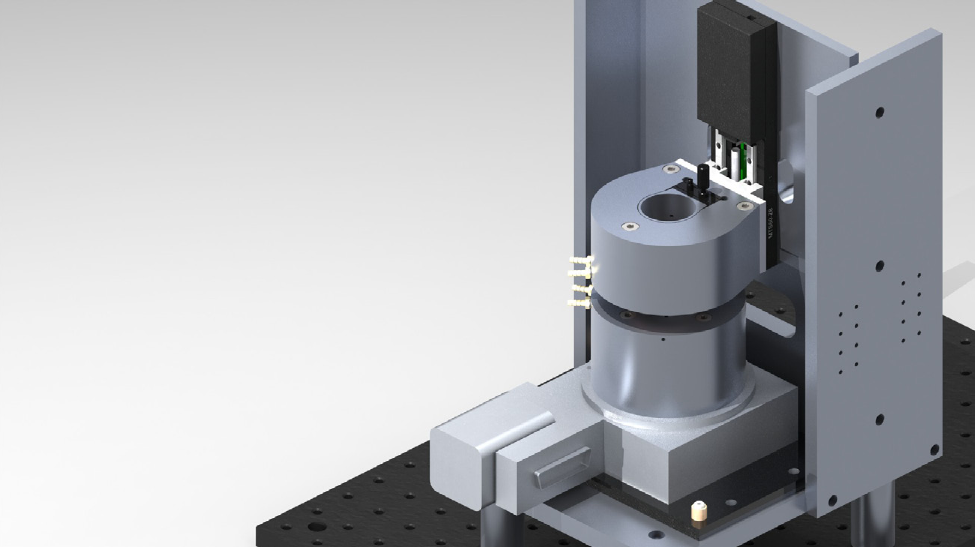
A precision instrument for controlled confinement of liquid crystals. Cell thickness resolution of 0.01 µm, twist angle resolution of 0.01°, and temperature control with 0.01°C resolution.

Dual-microcontroller embedded system for continuous casting of shape memory alloys. Custom I2C protocol, hierarchical state machine architecture, real-time motion control for three stepper axes, and production-grade safety systems.

47 custom-machined parts. Pan/tilt gimbal system, Picavet suspension with carbon fiber spars, mechanical shutter actuator, and live video telemetry. Built to be "the finest KAP rig possible."

Variational calculus-based relaxation code for modeling liquid crystal director fields. Symbolic code generation in Mathematica, compiled C for performance, support for irregular grids and non-uniform cell thickness.
"Dr. Culbreath is amazing. Definitely one of the top 2 or 3 professors I've had at Cal Poly. His enthusiasm for the material and desire to teach really shows."
— Cal Poly Student Evaluation"Hands down, best professor I have had at Cal Poly in any support/GE class. He is so caring about his students and enthusiastic with his teaching."
— Cal Poly Student Evaluation"Professor Culbreath is a fantastic teacher. He makes the content understandable, reinforces his teachings with well-rounded homework and classroom examples."
— Cal Poly Student Evaluation"He's passionate about physics and makes it interesting. His teaching methods are simple but effective."
— Cal Poly Student Evaluation"In every lecture he's interactive and excited to teach. He is by far one of the more remarkable professors I have had."
— Cal Poly Student Evaluation"Pretty dope dude, 10/10"
— Cal Poly Student Evaluation"Dr. Culbreath is an awesome teacher for a tough subject. He is very open to questions and really wants his students to learn. 10/10 would take another Culbreath instructed course."
— Chico State Student Evaluation"My instructor is very excited and dedicated to his subject and shows it in the way he teaches. His lectures are always full of energy and are fun to listen to."
— Chico State Student Evaluation"Teaching + feedback were both phenomenal. Oozed enthusiasm which was quite infectious."
— Chico State Student Evaluation"Dr. Culbreath is incredibly enthusiastic and enjoyable. He made a subject I was afraid of very enjoyable."
— Chico State Student Evaluation"I have never had a physics teacher derive almost every equation given in lecture for the class with explanations for each step in the process."
— Chico State Student Evaluation

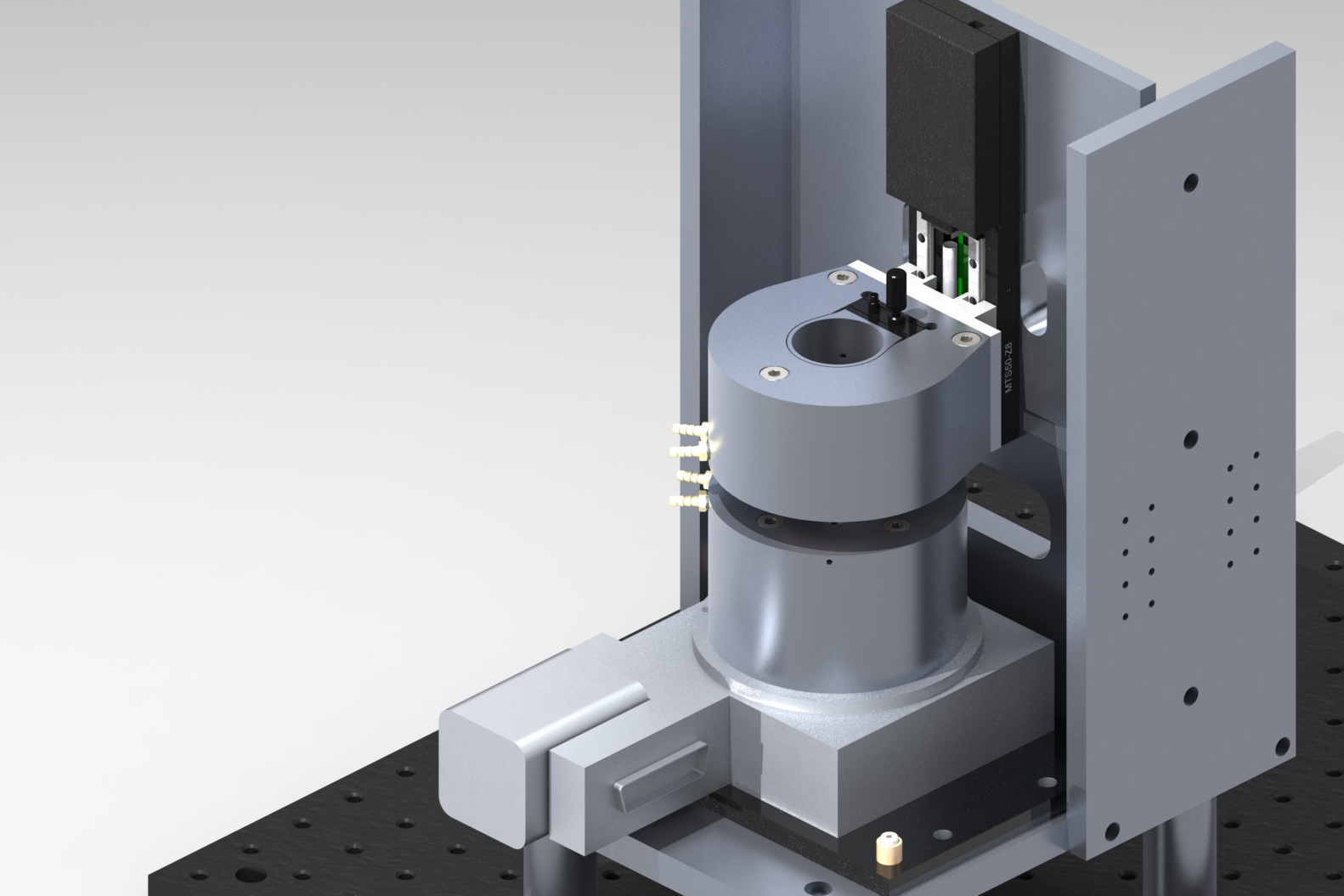
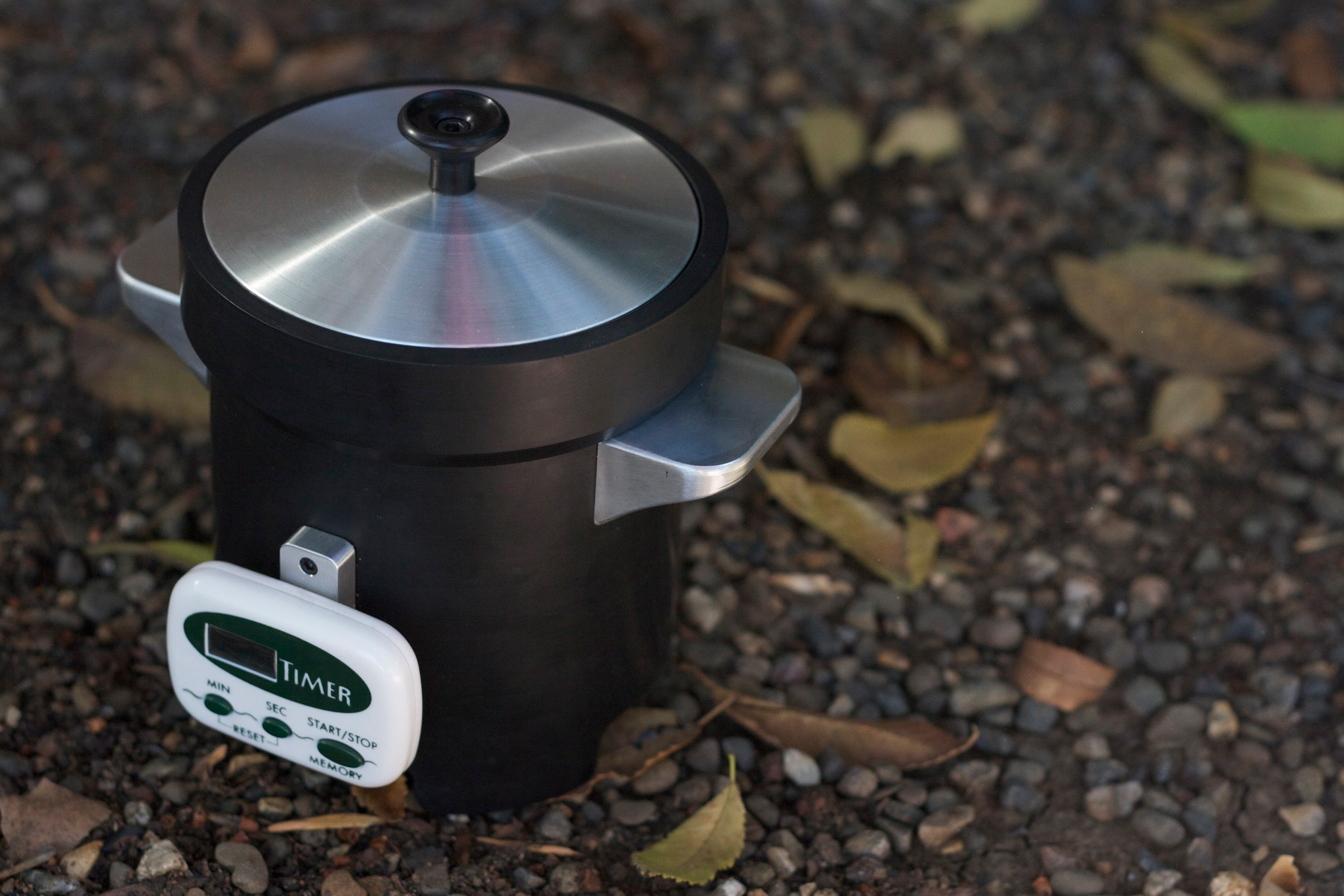
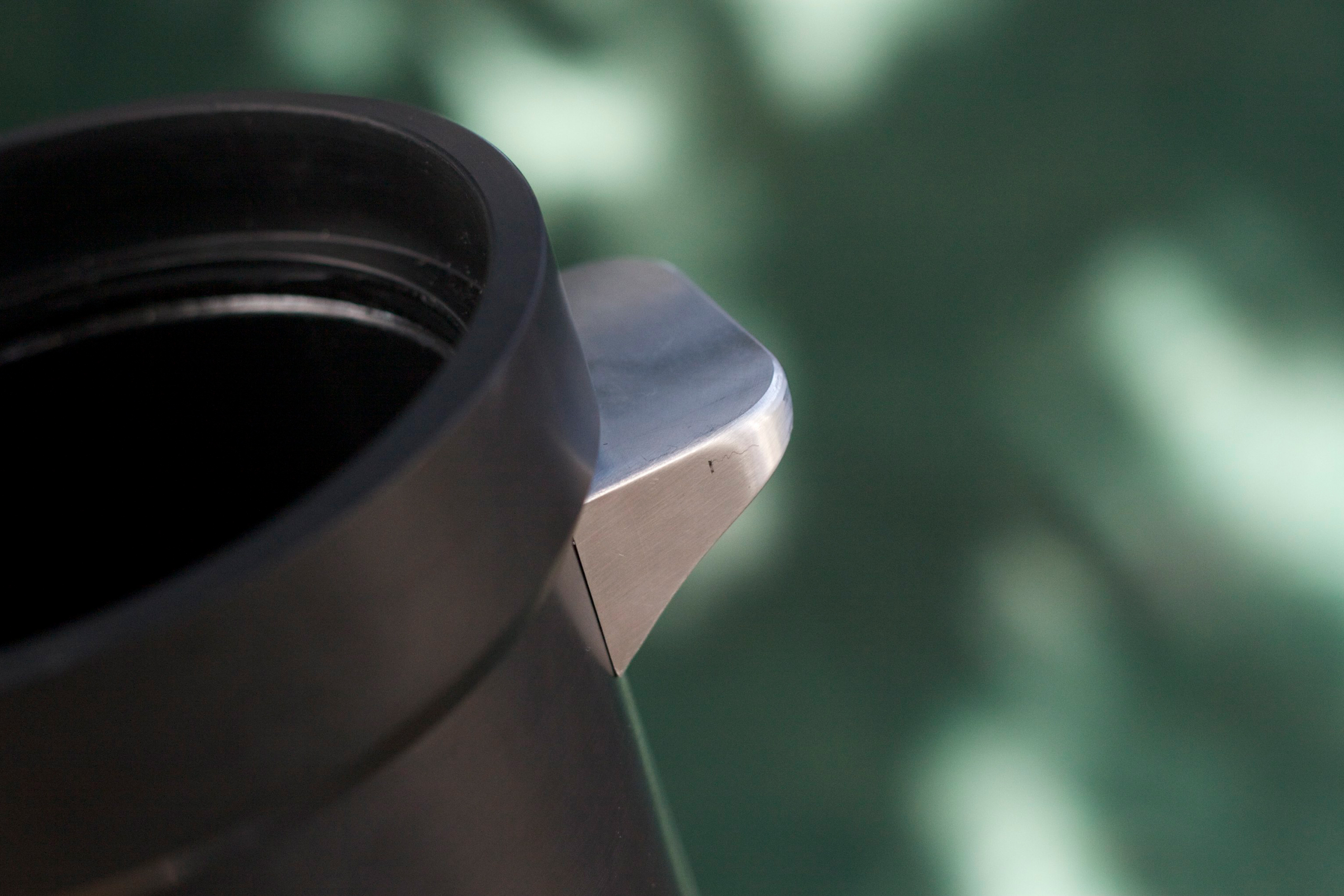
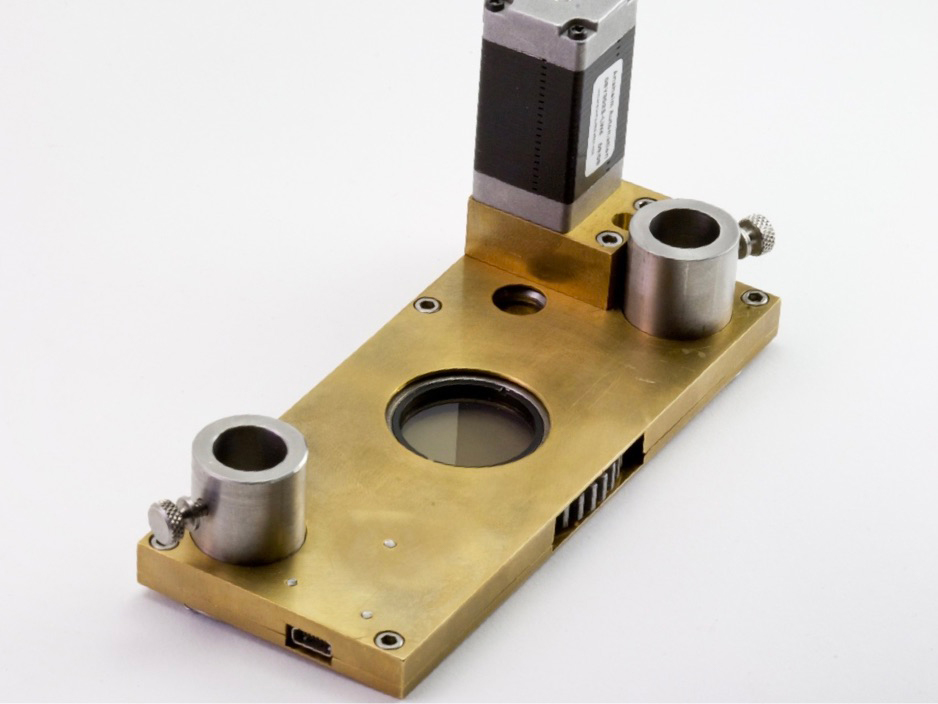
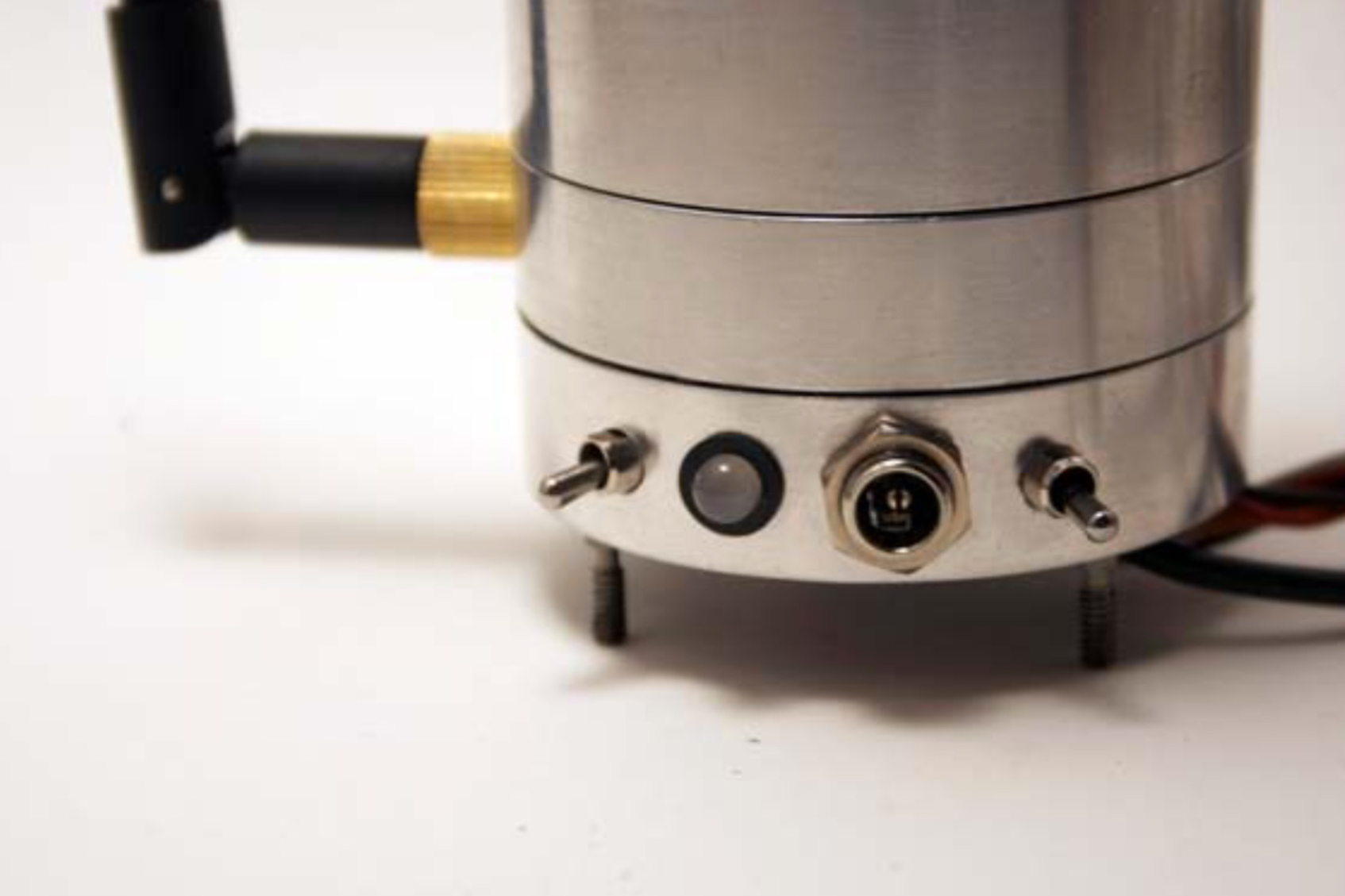

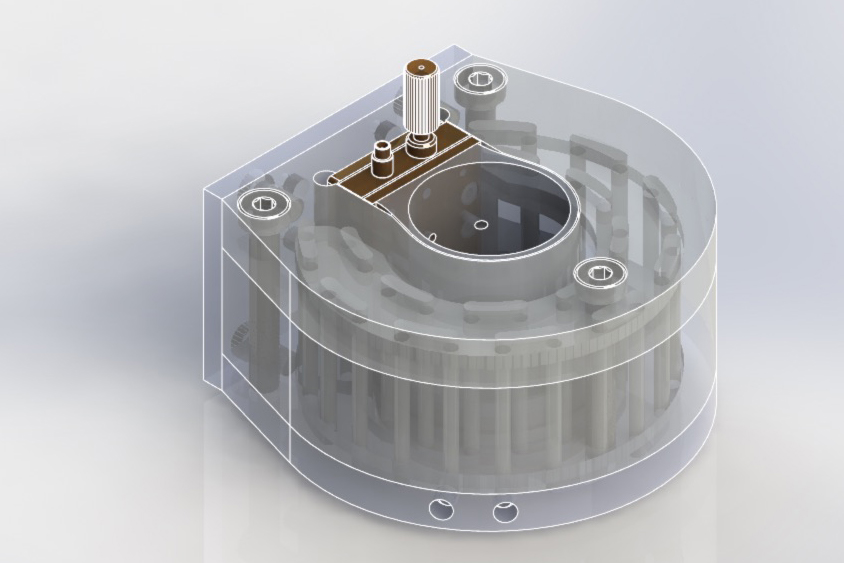
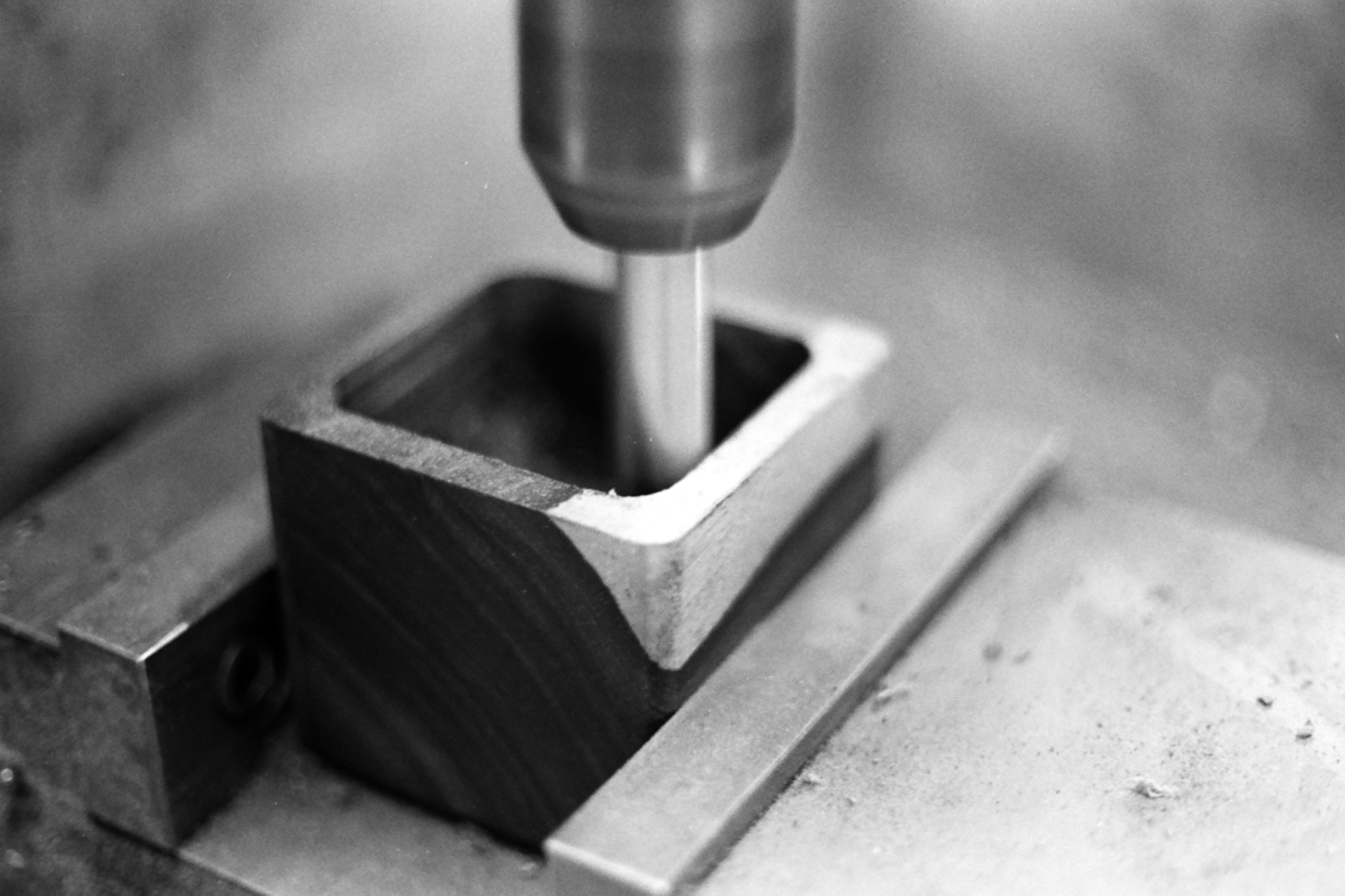
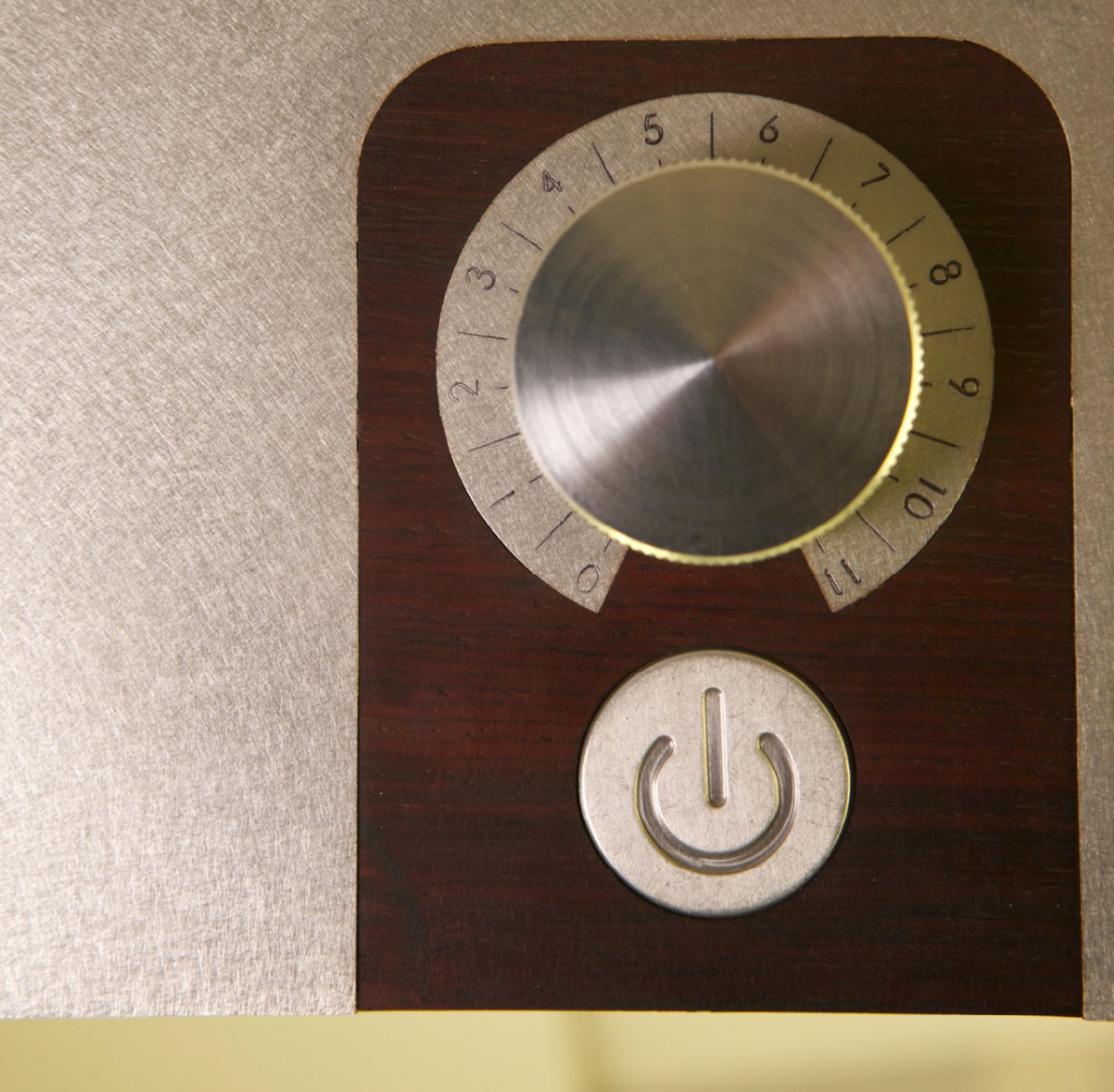
As an award-winning portrait photographer and former professional wedding photographer, I excel in documentary-style photography with a touch of whimsy. My technical expertise was fortified both behind the camera and as a researcher designing optical systems.

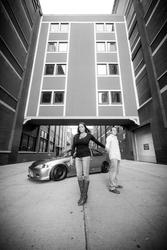
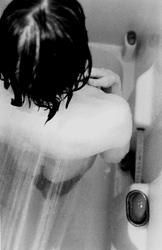

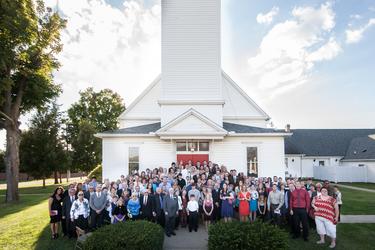



I've spent years building solo—software, instruments, courses. I'm ready to bring that craft to a team where I can learn from others and ship something bigger than I could build alone.
I'm looking for roles in software engineering, applied AI/ML, or research engineering—especially at companies solving hard technical problems. I'm most excited about opportunities where my physics background and systems-level thinking are assets, not curiosities.
Austin, Texas
I'm in Austin, ready to start immediately.